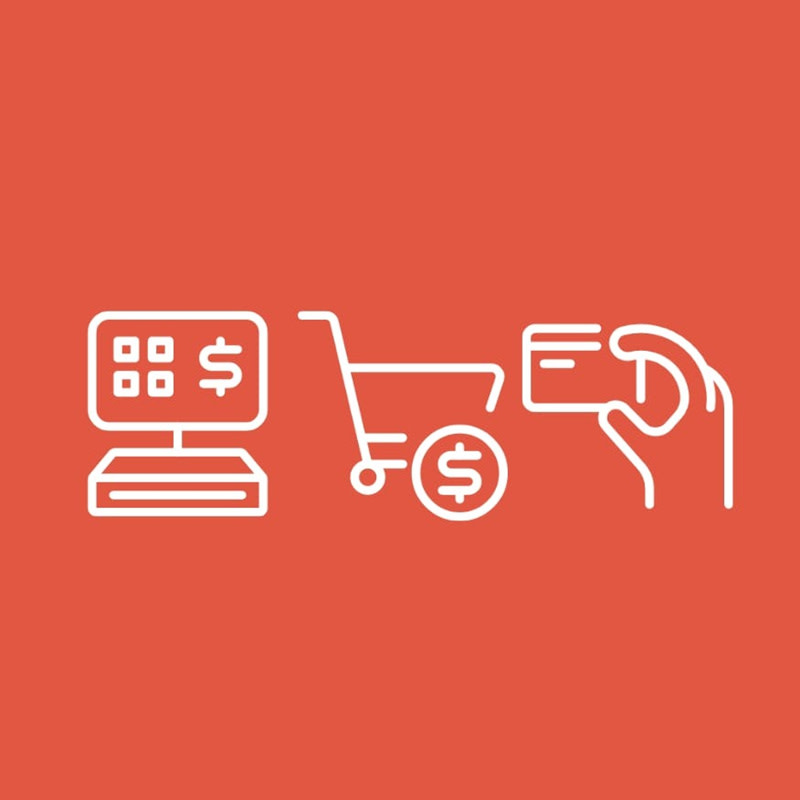*As regards letters of credit, we have already covered this in a previous article: Key Points for Buyers to Know about Letters of Credit/
What is T/T payment
T/T is a commercial credit, which means that the final decision on payment rests with you. The most commonly used terms are 30% prepayment and 70% spot. We will also cover these in more detail below.
The advantages of the T/T payment method are that it is fast. The foreign supplier receives your money as soon as possible and the security is high. If you decide to pay in advance, the supplier can receive your remittance as soon as possible and arrange production. The disadvantage of the T/T payment method is the high cost of handling, but it is much lower than the cost of a letter of credit. For small orders of less than $10,000 or $20,000, the T/T payment method is still quite common and although there are risks, the chances are low and you can try to avoid them through pre-order communication and understanding.

T/T payment types
T/T payment is divided into pre-T/T (advance payment) and post-T/T (payment after shipment or receipt of goods), specifically into full pre-TT, advance payment + balance at sight of B/L, full at sight of B/L, advance payment + balance at sight of original B/L and full post-TT.
1. TT before full payment
For buyers, this type of payment method is riskier and more suitable for placing orders and paying foreign suppliers who have been cooperating for many years.
2. Prepayment + balance at sight of B/L
This payment method is in principle still part of the former TT, but the difference is that the supplier has produced the goods and made the shipment without receiving the full payment, and then collects the balance.
This method of payment is still good for the purchaser, and as long as you estimate the amount of advance payment and have a secure grasp of the bill of lading, it is still a relatively safe way of payment.
3. Full payment at sight of B/L
This payment method is riskier for foreign suppliers, generally used for many years of cooperation with customers ordered in the single.
4. Prepayment + balance at sight of original B/L
This form of payment is partly pre-TT + partly post-TT, where the risk is transferred at two points in time, and is generally used for customers who have worked together for many years.
Or when you have paid in advance, you assume all the risk; when the supplier has produced the goods and shipped them, but has not yet sent the bill of lading, the risk is borne by both parties, the proportion of which depends on the comparison between the advance payment and the value of the goods.
Or when the supplier sends the bill of lading, the risk is almost entirely transferred to the supplier and cannot be reversed.
5. TT after full payment
This method of payment is riskier for foreign suppliers and is not generally considered for use.
T/T operation process.
Next, we will introduce you to the operational process of T/T in an order.
1. You, as the purchaser, place an order to the foreign supplier
2. Confirm and sign back the proforma invoice provided by the supplier
3. The supplier will produce and send a production list to the production department
4. Provide markers, color charts and barcodes to the supplier
5. Follow up with domestic customers for production
6. About 10 days before the sailing date, your freight forwarder will provide the supplier with a standard form of booking form. The supplier fills in the form as required and transmits it back to the shipping company for booking
7. The shipping company transmits the official S/O
8. Generally the supplier's own surveyor goes to the factory to inspect the goods (if you have a surveyor in the mainland, you can have your own surveyor carry out the inspection)
9. The supplier passes the S/O to the towing line (specify the time, location and time of the towing container in front of the S/O, and the contact number to go to the towing container)
10. The supplier makes the customs declaration, i.e. "FAXMESSAGE", and asks the towing company for the address of the customs broker
11. The supplier indicates the address of the customs broker on the "FAXMESSAGE" and transmits the declaration to the customs broker and issues a "Notice of Loading".
12. After loading, the supplier is responsible for filling in the container number, seal number and other information (for goods requiring fumigation, fill in the fumigation format) and then pass it to the customs broker for customs declaration
13. The supplier makes the FORMA
14. The supplier will notify you of the shipment and send you back the customs declaration
15. The supplier will make the bill of lading and send it to the shipping company
16. The supplier will prepare the shipping notice, certificate of origin (FORMA), bill of lading, invoice, packing list and pass them to you for payment

I believe that through the above introduction, you must have a certain understanding of T/T payment methods. If you have any questions or would like to learn more about trade, please feel free to contact us directly or visit our website: www.hbsocket.com.